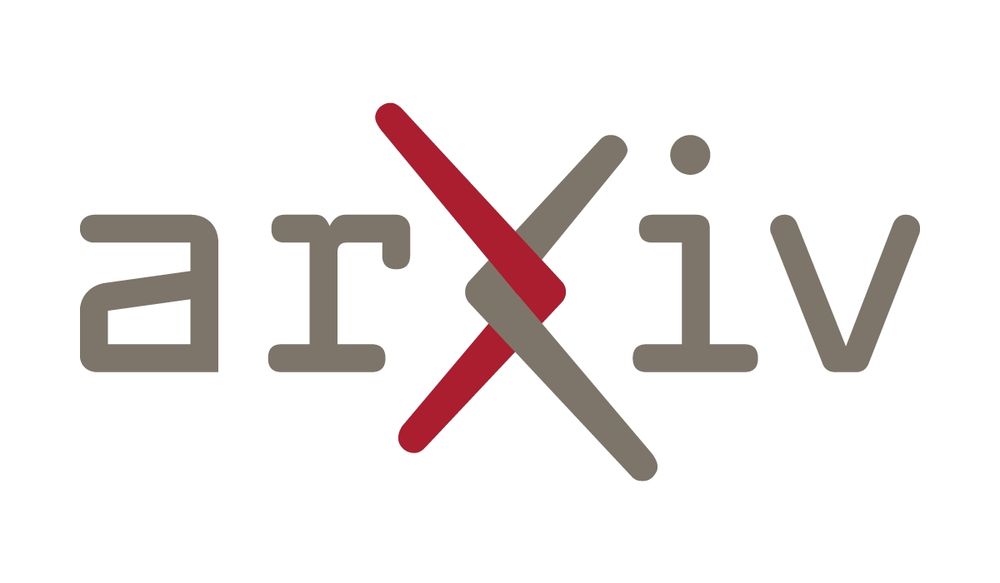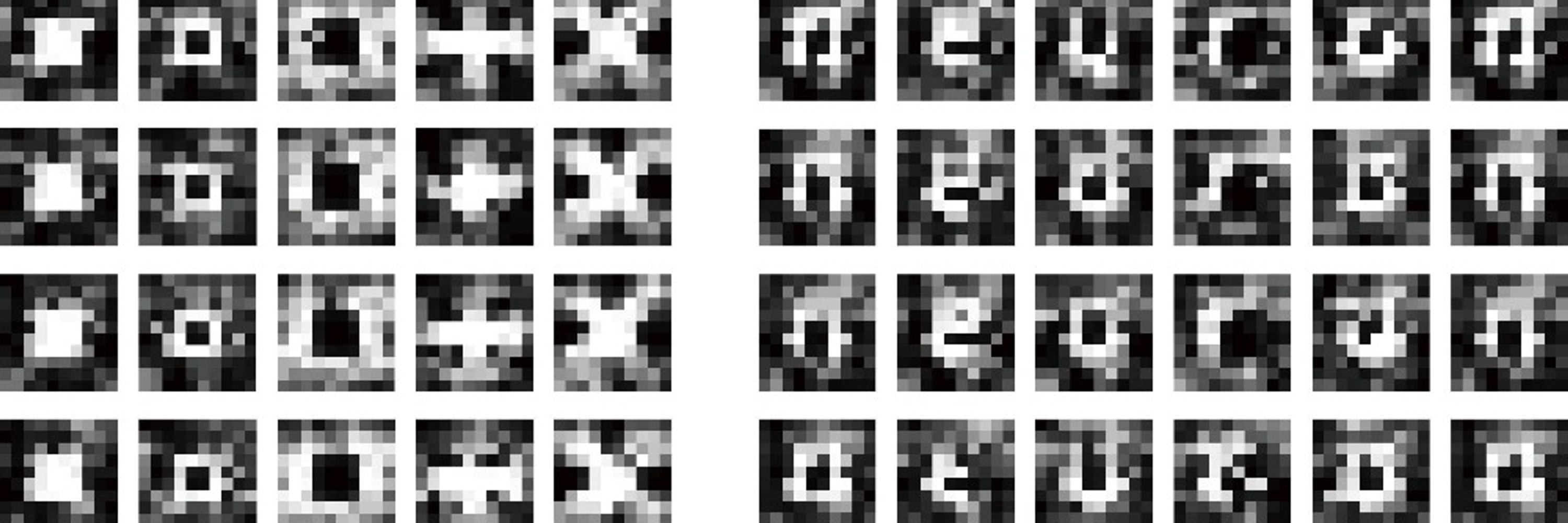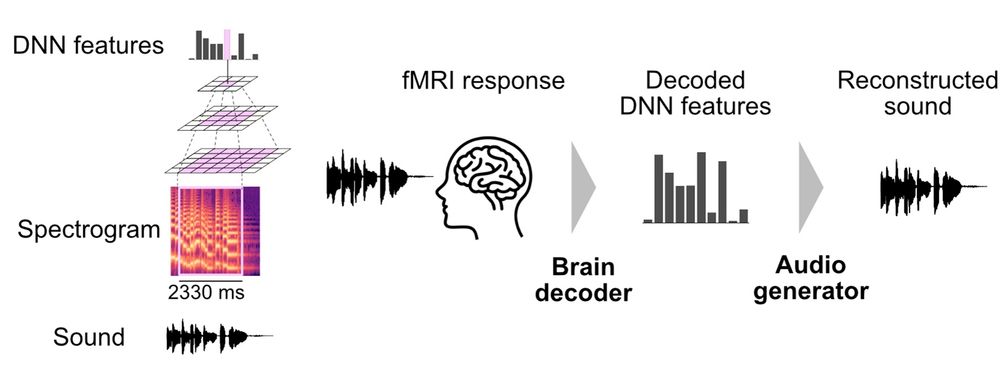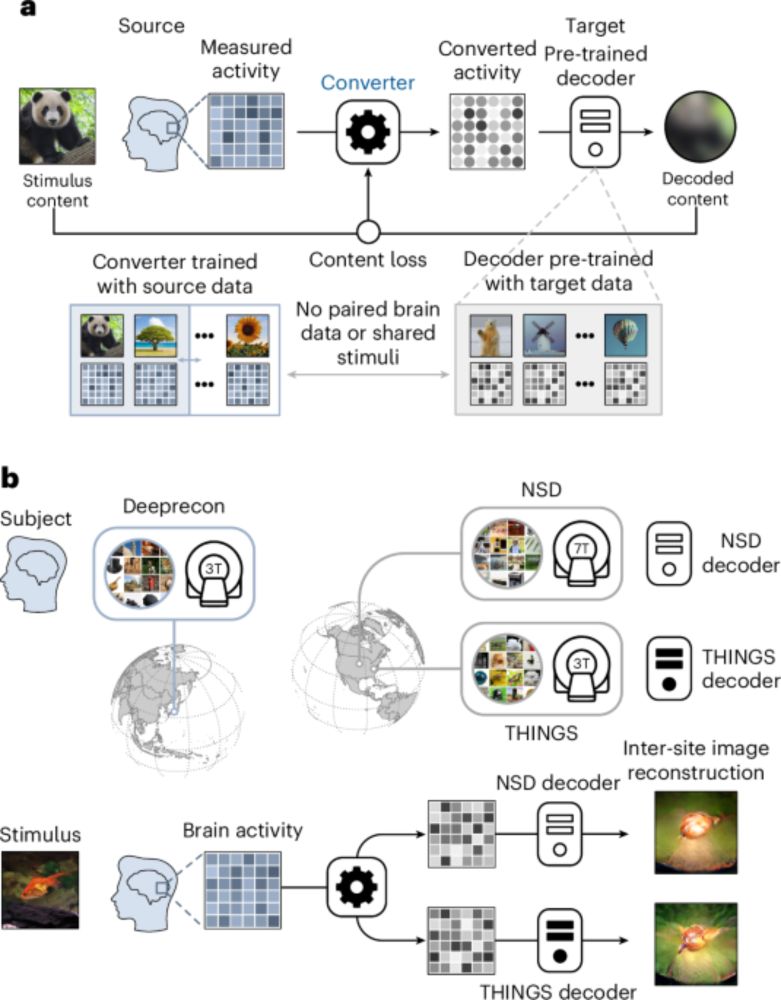Yuki Kamitani
@ykamit.bsky.social
210 followers
130 following
13 posts
Yukiyasu Kamitani | 神谷之康 Neuroscientist and brain decoder
http://kamitani-lab.ist.i.kyoto-u.ac.jp
http://youtube.com/@ATRDNI/videos
https://twitter.com/ykamit
Posts
Media
Videos
Starter Packs
Reposted by Yuki Kamitani
Reposted by Yuki Kamitani
Reposted by Yuki Kamitani
Yuki Kamitani
@ykamit.bsky.social
· May 14

Visual Image Reconstruction from Brain Activity via Latent Representation
Visual image reconstruction, the decoding of perceptual content from brain activity into images, has advanced significantly with the integration of deep neural networks (DNNs) and generative models. T...
arxiv.org
Reposted by Yuki Kamitani
arxiv cs.CV
@arxiv-cs-cv.bsky.social
· May 14
Reposted by Yuki Kamitani
Martin Hebart
@martinhebart.bsky.social
· Dec 11
Yuki Kamitani
@ykamit.bsky.social
· May 2
Yuki Kamitani
@ykamit.bsky.social
· Feb 16
Yuki Kamitani
@ykamit.bsky.social
· Feb 16









